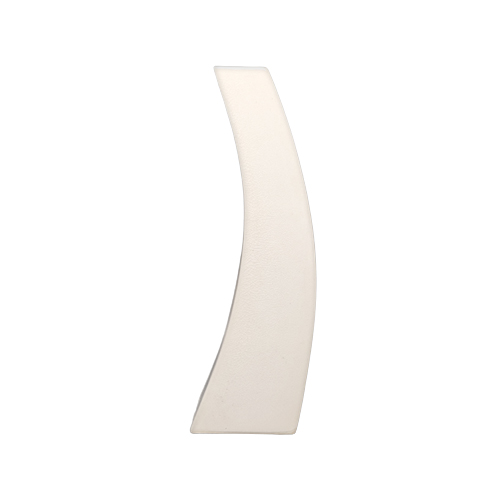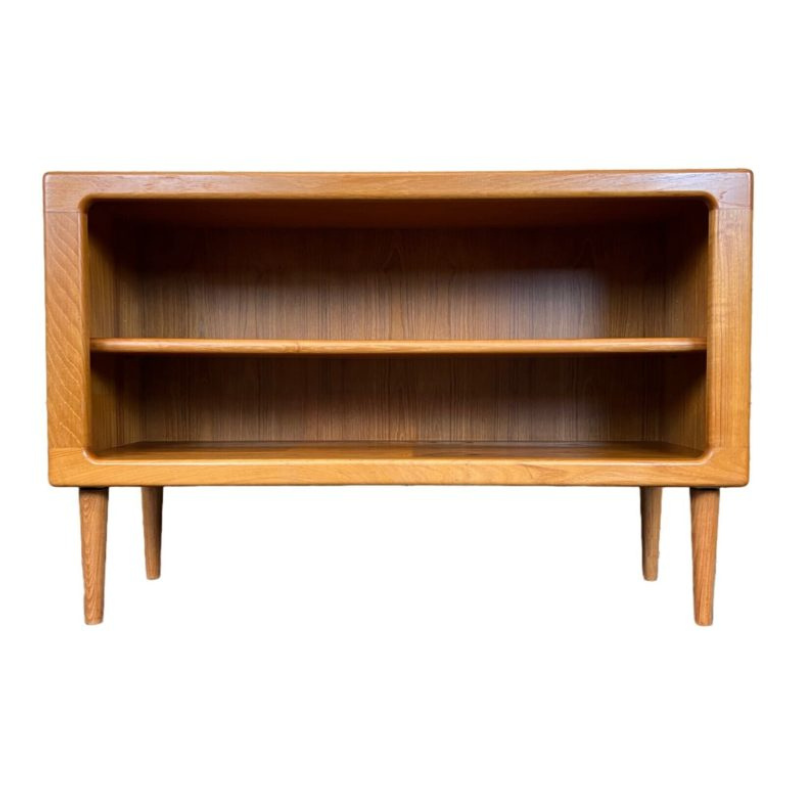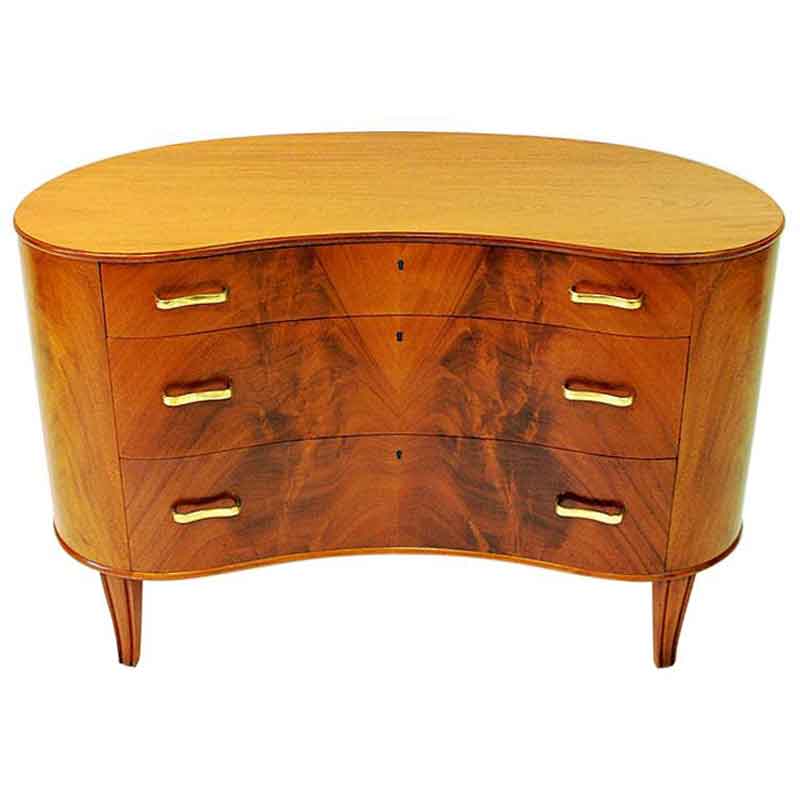I bought these chairs recently because I loved the detail of the curved rear stretcher, the triangle shaped form of the backrest support/rear legs and the colour of the wood.
I've recently started to strip the darker backrest that someone has over-zealously attacked with a stapler. Pretty gutted about this, as it means I'm almost definitely going to have to recover
I'm totally stumped with finding an ID although I thought it would be relatively easy.
Any help or pointers would be much appreciated.
Thanks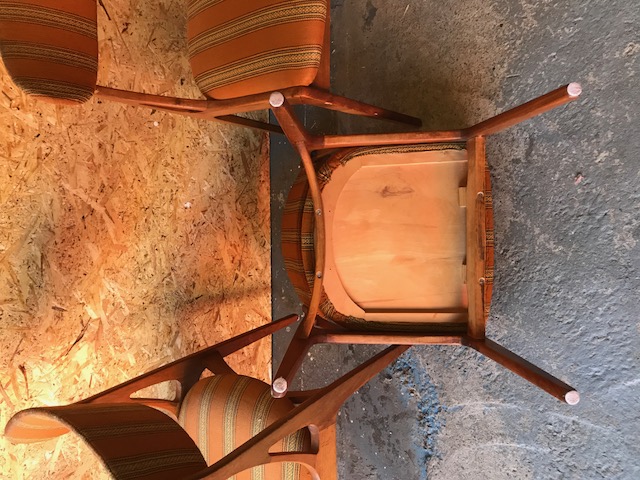
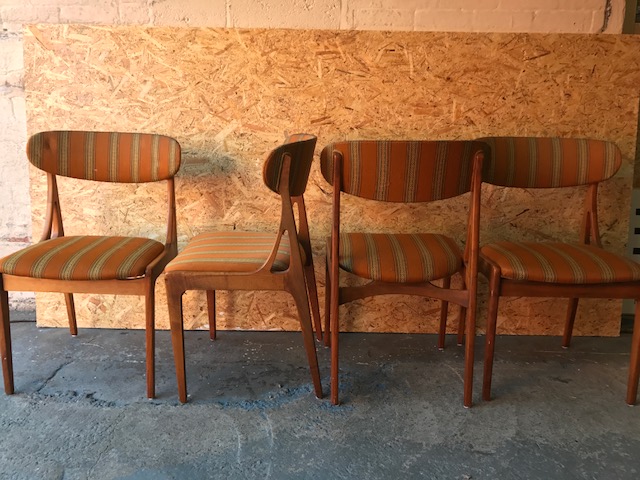 <img class="wpforoimg" src=" http://d1t1u890k7d3ys.cloudfront.net/cdn/farfuture/8i1K5TRxzC--2uGZlmZu-r
<img class="wpforoimg" src=" http://d1t1u890k7d3ys.cloudfront.net/cdn/farfuture/8i1K5TRxzC--2uGZlmZu-r
The machine cut finger joints you see on many Danish chairs are evidence that they are probably form the 1960s. Before that you would have seen joints like you see here, and presumably there are dowels inside the joints. The fingerjoints resist more force but fail completely when they give. The dowels fail more quickly, but wiggle themselves to a very slow death unless they get knocked apart and re-glued.
Anyway, Walnut is not always a sign that a piece is not Danish. There are early factory pieces for a small period of about 1950-1954 that are oten Walnut. These are just very few in number because it is the earliest factory production of Danish Modern.
If you are in the UK or have any reason to believe the chairs could be related to the UK, they have styling that might indicate an origin there too.
If you need any help, please contact us at – info@designaddict.com





